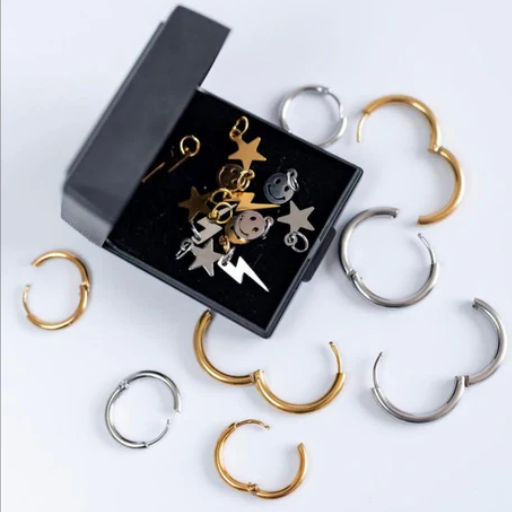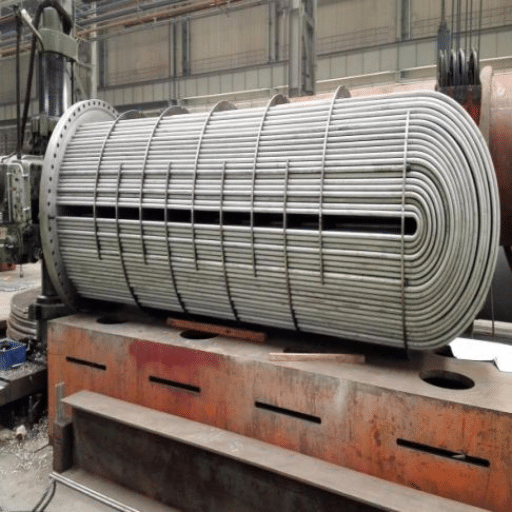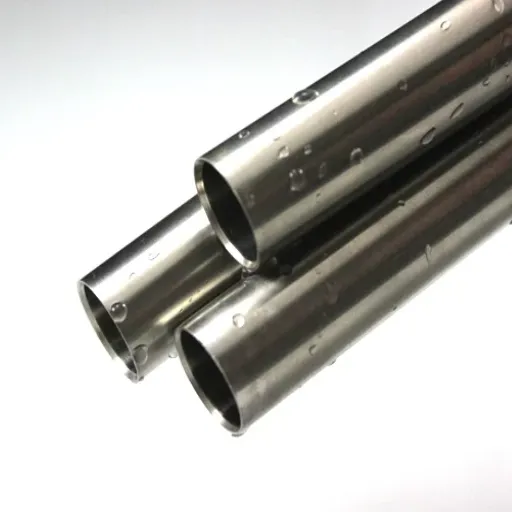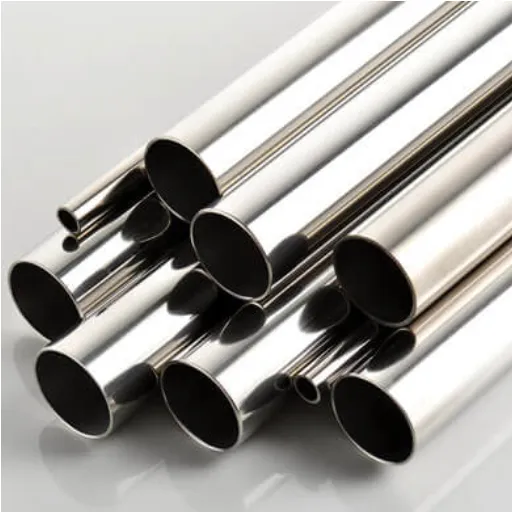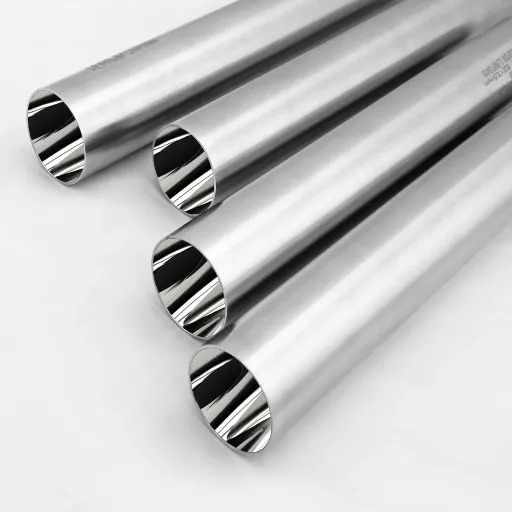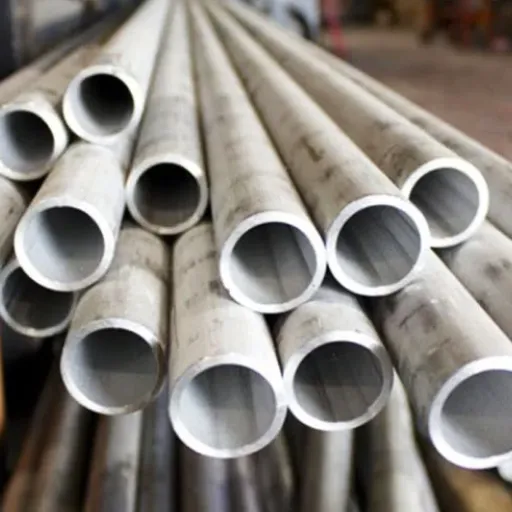Discussion around selecting the perfect metallurgical piece is mostly on sterling silver versus steel. Both offer unique properties depending on their use, ranging from fashion accessories to everyday tools. So, how do you figure out which one suits your needs? This guide highlights the major differences and similarities between sterling silver and stainless steel, giving a perspective on durability, looks, cost, and upkeep. Whether looking for jewelry that will last forever or a tool that may serve for years, understanding these metals is the best way to make an informed decision that meets your lifestyle and taste.
Properties and Characteristics
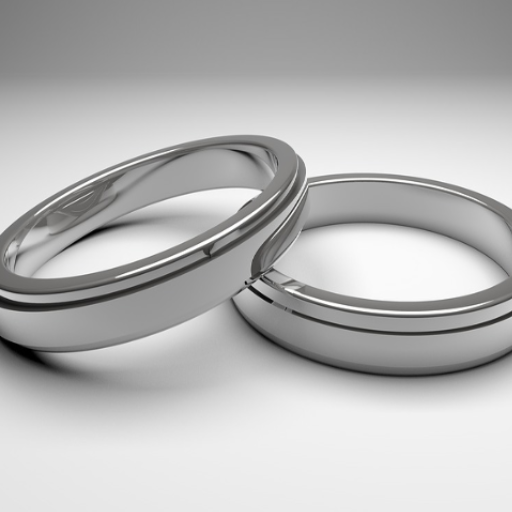
Composition of Sterling Silver and Stainless Steel
Sterling Silver
- 92.5% pure silver
- 7.5% other metals (usually copper)
- Hallmarked “925” for quality assurance
- Copper improves strength and durability
- Pure silver alone is too soft for most purposes
Stainless Steel
- Iron-based alloy
- Minimum 10.5% chromium (prevents corrosion)
- Contains nickel and carbon
- Forms a protective chromium oxide layer
- Common grades: 304 and 316
Durability: How They Stand Up to Wear and Tear
When we talk about 304 versus 316 stainless steel durability, the aspects of wear and tear would mostly rely on composition and the intended environments. Both are essentially corrosion-resistant, but the difference is that 316 stainless steel has molybdenum, which greatly enhances its ability to withstand harsh conditions such as those involving chlorides and marine atmospheres.
| Grade | Best Use Environment | Corrosion Resistance | Cost |
|---|---|---|---|
| 316 Stainless Steel | Marine environments, chemical processing, medical devices | Excellent (chloride resistant) | Higher |
| 304 Stainless Steel | Indoor applications, kitchen appliances, and general architecture | Good (moderate outdoor use) | Lower |
Weight Considerations: Which is Heavier?
Weight Comparison
- 304 Stainless Steel: ~8.00 g/cm³
- 316 Stainless Steel: ~8.03 g/cm³
- Difference: Practically insignificant
The slight difference in 316’s density comes from the molybdenum content. Weight is rarely a deciding factor between these grades.
Pros and Cons of Each Material
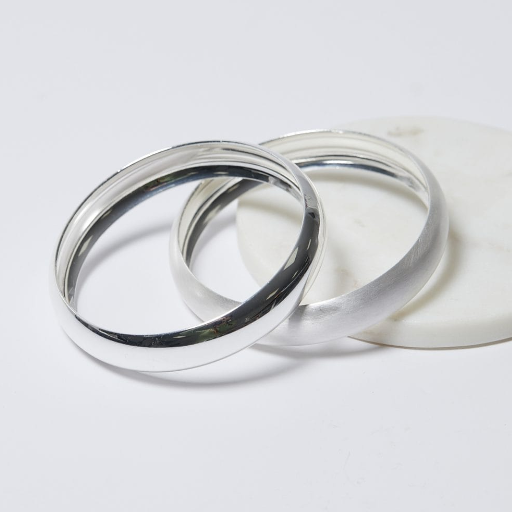
Tarnish Resistance: Sterling Silver vs Stainless Steel
| Material | Tarnish Resistance | Maintenance Required | Cause of Tarnishing |
|---|---|---|---|
| Sterling Silver | Poor – tarnishes over time | High – constant cleaning and polishing | Moisture, sulfur, and air exposure |
| Stainless Steel | Excellent – highly resistant | Low – minimal maintenance | Protected by a chromium oxide layer |
Strength and Durability: Evaluating Both Materials
Stainless Steel Advantages
- Higher tensile strength
- Resists deformation and external stresses
- Performs well under heat treatments
- Withstands heavy usage
- Resistant to oxidizing agents
Sterling Silver Characteristics
- Softer and more malleable
- Susceptible to scratches and dents
- Can bend under pressure
- Excellent for fine detailing work
- Best for artistic designs
Aesthetic Appeal: Which Material is More Attractive?
Sterling Silver: Offers a gleaming, brilliant finish with timeless elegance. Considered classic and favored for fine jewelry and decorative accessories. Easily malleable for intricate designs, but requires maintenance to prevent tarnishing.
Stainless Steel: Features a sleek, modern appeal with polished or brushed finishes. Perfect for minimalist design trends and practical applications. Low-maintenance material that retains its appearance without constant care.
Common Uses of Sterling Silver and Stainless Steel
Jewelry: Choosing Between Sterling Silver and Stainless Steel
| Aspect | Sterling Silver | Stainless Steel |
|---|---|---|
| Best For | Fine jewelry, intricate designs, formal pieces | Daily wear, active lifestyles, modern designs |
| Durability | Moderate – requires careful handling | High-scratch and moisture resistant |
| Allergies | May cause reactions (nickel content) | Hypoallergenic (316L grade) |
| Cost | Higher initial investment | More affordable option |
| Maintenance | Regular cleaning and polishing are required | Minimal maintenance needed |
Kitchenware: Applications for Both Materials
- Stainless Steel:
- Everyday cookware and utensils
- Kitchen appliances
- Withstands high temperatures
- Non-reactive with acidic foods
- Ideal for pots, pans, and mixing bowls
- Sterling Silver:
- Decorative and formal tableware
- Special occasion pieces
- Elegant trays and teapots
- Family heirlooms
- Traditional fine dining settings
Industrial Applications: Where Each Material Excels
Stainless Steel Applications
- Construction (building frames, bridges)
- Medical industry (surgical instruments)
- Automotive and aerospace parts
- Infrastructure projects
- Hospital equipment
Sterling Silver Applications
- Electrical contacts and conductors
- Precision electronic instruments
- Capacitors and circuit boards
- Solar panel components
- Renewable energy systems
Maintenance Tips for Sterling Silver and Stainless Steel
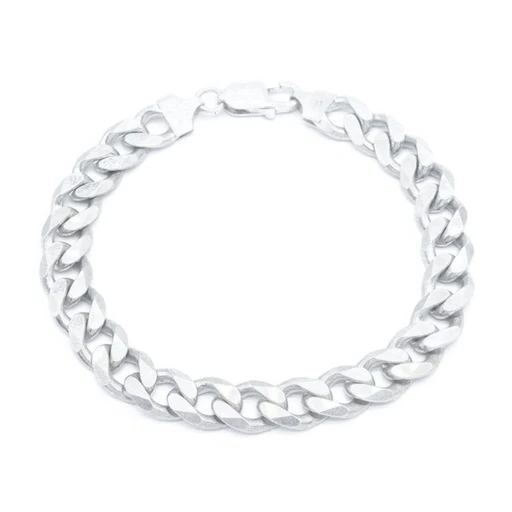
Cleaning Methods for Each Material
| Key Point | Sterling Silver | Stainless Steel |
|---|---|---|
| Basic Method | Baking soda + foil | Dish soap + water |
| Alternative | Vinegar + baking soda | Vinegar + olive oil |
| Specialized | Professional polishing | Bar Keepers Friend |
| Tools Needed | Soft cloth, toothbrush | Microfiber cloth, sponge |
| Frequency | Monthly or as tarnished | Weekly or as smudged |
Storage Suggestions to Preserve Quality
Sterling Silver Storage
- Use airtight containers or anti-tarnish cloths
- Include silica gel packs or activated charcoal
- Minimize exposure to air and moisture
- Store in a controlled atmosphere
Stainless Steel Storage
- Avoid damp or humid places
- Use padded storage cases
- Wrap in soft, dry cloth
- Prevent water spots and salt traces
Important: Never store sterling silver and stainless steel items together, as direct contact may cause scratches or tarnish transfer. Keep them in separate compartments or containers.
Long-term Care: Keeping Your Items Looking New
- Regular Cleaning: Use appropriate methods for each material
- Proper Storage: Follow material-specific storage guidelines
- Avoid Damage: Protect from excessive moisture, chlorine, and chemical contact
- Routine Management: Establish consistent care routines
- Smart Usage: Use items appropriately for their intended purposes
Price Differences: Affordability and Value
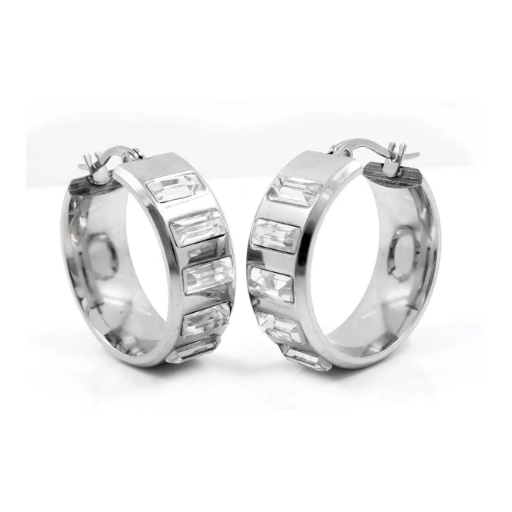
Initial Costs: Comparing Prices of Each Material
| Material | Approximate Price Range | Cost Factor |
|---|---|---|
| Gold | ~$1,900 per ounce | Highest (rarity + extraction costs) |
| Platinum | $900-$1,000 per ounce | High (complex mining/refining) |
| Sterling Silver | $23-$25 per ounce | Moderate (precious metal value) |
| Stainless Steel/Titanium | ~$2 per pound | Low (abundant + efficient production) |
Long-term Value: Evaluating Cost-effectiveness
When evaluating long-term cost-effectiveness, consider these factors:
- Durability: Materials requiring frequent repairs or replacements may cost more over time
- Environmental Resistance: Corrosion resistance and material degradation affect lifecycle costs
- Maintenance Requirements: Regular upkeep costs should factor into total ownership
- Energy Efficiency: Production energy consumption and sustainability impact overall value
- Recyclability: End-of-life value and environmental considerations
- Performance Longevity: How long materials maintain their intended function
Frequently Asked Questions (FAQ)
References
- The Combination of Wood and Metal in Contemporary Jewelry and Related Objects: Discusses the use of sterling silver in jewelry design, providing insights into its properties and applications.
- The Layered Patination of Copper: While focused on copper, this thesis explores metal patination processes, which can be relevant for understanding material behavior in comparison to stainless steel.
- Electrolytic Polishing of Non-Ferrous Metals: Includes a comparison of sterling silver and stainless steel in polishing processes, offering technical insights.

